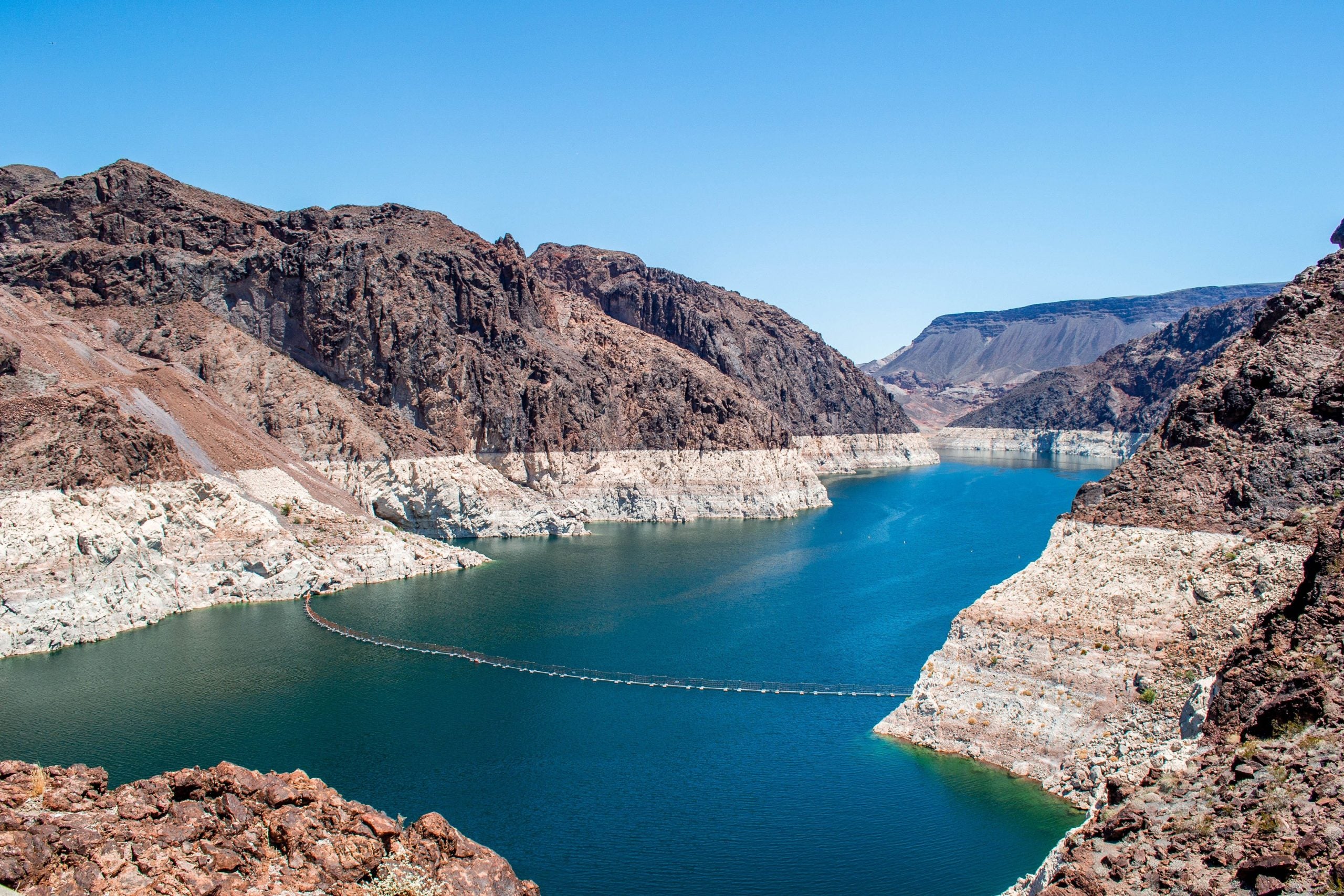Water scarcity in the Colorado River is becoming more urgent by the day. As temperatures soar to record levels — 122 degrees in Phoenix last month — Lake Mead has plummeted to 37% of its capacity, the lowest level since the nation’s largest reservoir was filled in 1935.
Amid this dire picture comes one significant piece of good news: In the largest ever multisector response to drought, final funding has been committed to enable the Colorado River Indian Tribes (CRIT) to conserve nearly 49 billion gallons of water (or 150,000 acre-feet) in Lake Mead over three years.
This project is the largest single conservation effort to date, both in dollars and volume of water, in the Colorado River Basin. It is a harbinger of the unprecedented collaboration that will be required going forward to build resilience to climate change and water scarcity in the West.
A total of $38 million in state, private and philanthropic funding has been raised as part of the landmark water conservation project with CRIT, which has senior Colorado River water rights. In addition to $30 million from the state, the funders include a powerful lineup from the corporate sector: Intel Corp.; Google; Microsoft; Procter & Gamble; Reformation; Keurig Dr Pepper; Ecolab; Cascade; Cox; The Coca-Cola Foundation; Silk; Target; Brochu Walker; and Swire Coca-Cola, USA. Philanthropic funding was led by the Walton Family Foundation and Water Funder Initiative and also came from the Gordon and Betty Moore Foundation and the Arizona Community Foundation.
A major step forward but more action will be needed.
This conservation project, a component of the Arizona Drought Contingency Plan approved in 2019, represents a major step forward in addressing longstanding supply and demand imbalances in the Colorado River Basin. It also will reduce the risk of severe water shortages that would affect Arizona, Nevada, California and Mexico.

Lake Mead has plummeted to 37% of its capacity, the lowest level since the nation’s largest reservoir was filled in 1935.
However, more steps will surely be needed, and potentially faster than we previously anticipated. That’s because it now looks inevitable that a “tier 1 shortage” will be declared this August, which will reduce Colorado River water deliveries to Central Arizona via the Central Arizona Project (CAP) canal by 512,000 acre-feet in 2022. That’s about 33% of the average annual CAP water supply for Central Arizona, including Phoenix and Tucson.
It’s even looking possible that a “tier 2 shortage” will be called in the next few years, which would require an additional cut of 80,000 acre-feet. (One acre-foot equals 326,000 gallons, which supplies three single-family households with water for a year.)
Tribes play a critical role in water conservation.
In the West, climate leadership is water leadership, and CRIT is demonstrating both through its participation in this historic conservation project. The agreement benefits the tribal community by providing new funding on the heels of the pandemic, which hurt revenue from its closed Blue Water Resort & Casino. But the project also benefits the entire state of Arizona — its communities, economy and wildlife — by conserving water in the Colorado River system.
The project exemplifies the essential role that tribes can play in developing solutions that meet their own objectives while increasing resilience for the broader water system.
The private sector also has a stake.
The participation of so many multinational companies underscores how much businesses value the need for predictable water supplies. It also demonstrates that companies are willing to dedicate financial resources to support the greater good and steward a vital resource that sustains people and wildlife.
The diversity of companies, from technology giants to consumer product leaders, underscores the wide range of private-sector players that will be needed to rise to the challenge of climate challenge and water scarcity.
Our work finding solutions to adapt to increasing water scarcity in Arizona and the Colorado River Basin is far from over. With much of the summer still ahead of us, it’s more urgent than ever that we bring multiple sectors together to tackle to this massive challenge. The CRIT water conservation agreement proved that’s possible.
Without bold action on climate, the dangers of inadequate water supplies, wildfires, air pollution and heat illnesses will only get worse. It’s time to apply the collaborative mindset of the successful CRIT water conservation project to deal with the water-related impacts of climate change across the Colorado River Basin.
As water scarcity in the Colorado River becomes more urgent by the day, this landmark conservation project in Arizona is the type of unprecedented collaboration required to build resilience to climate change in the West. Share on X








